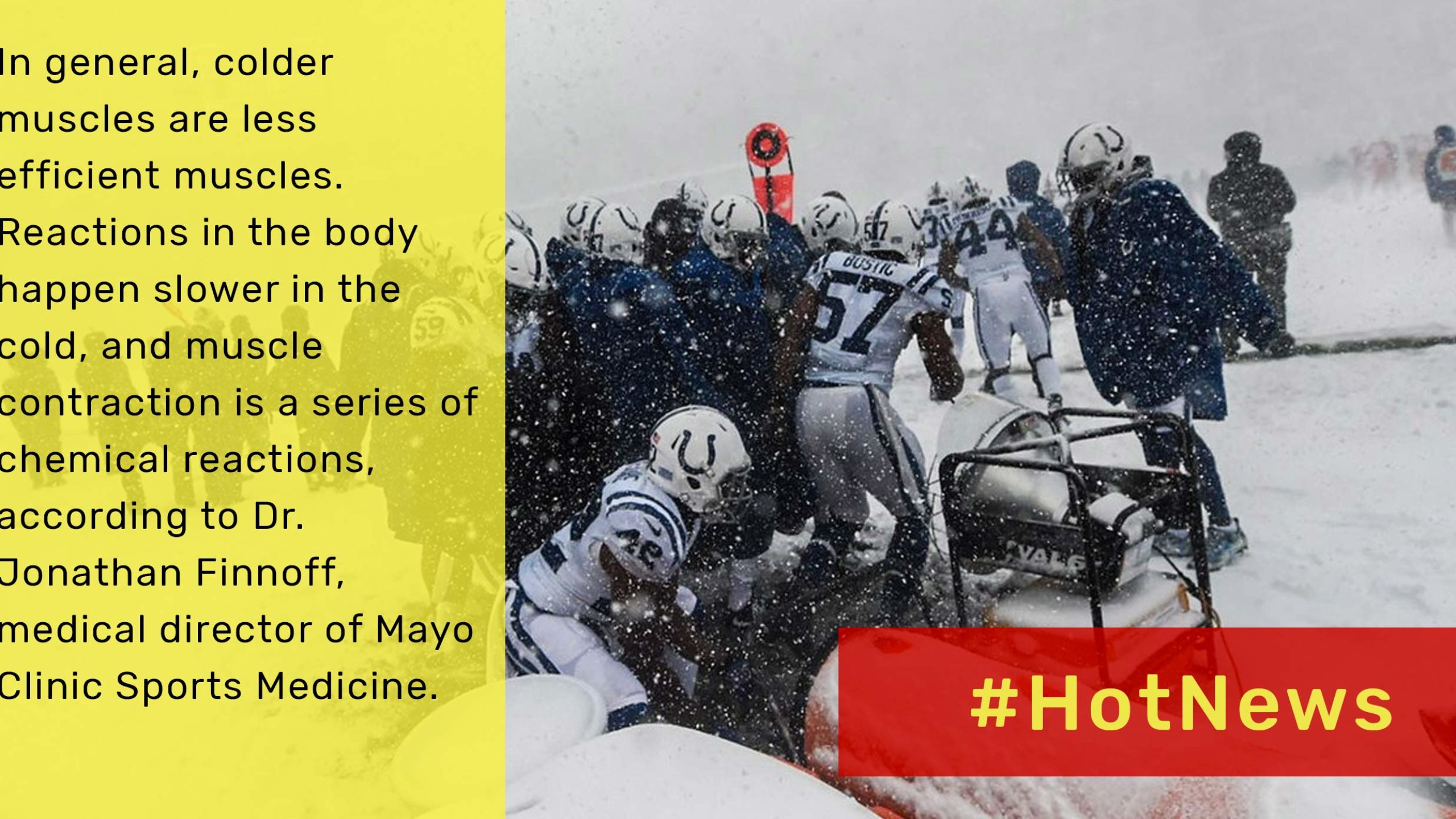
Check out this great article on how cold weather affects an athlete’s body and performance.
Exercising in the cold also means exercising under much more physiologically stressful conditions. These stressful conditions affect our bodies in various ways. At a cellular level, the cold affects not only our bodies but also our equipment. In the same way a cold muscle is more inclined to strain or tear, a bat is also more susceptible to cracking and breaking. Machinery, metals, composites, wood are all designed to be used in warmer temperatures for optimum performance just like our bodies.
If it’s important to keep ourselves warm in order to prevent injury, shouldn’t we do the same for the equipment? We think so.
Key Points from article:
- In general, colder muscles are less efficient muscles. Reactions in the body happen slower in the cold, and muscle contraction is a series of chemical reactions, according to Dr. Jonathan Finnoff, medical director of Mayo Clinic Sports Medicine.
- “Your muscles themselves become stiffer so they’re not as pliable and they can’t move as rapidly,” Finnoff said. “If you’re not delivering blood flow and nutrients to the area as quickly, then your muscles don’t have as much energy to do their work.”
- Colder, stiffer muscles that aren’t working as efficiently are also more likely to tear, making strains more common in the cooler weather, according to Finnoff.
- Experts from ESPN’s “Sport Science” have tested the effects of low temperatures on an athlete’s performance. According to the video, there are various effects of low temperatures on an athlete’s performance.
- While athletes’ bodies are able to acclimatize to the heat, they cannot do the same as effectively with cold weather. Heat acclimatization is a practice in which athletes are gradually exposed to regular heat challenges in training over a period of 10 days. This practice allows athletes to perform better when forced to play in extreme heat.
- Cold acclimatization has not proven as effective for preparing athlete’s bodies for playing in cold weather. Most importantly, athletes should not let their muscles get cold.
- “Athletes should bear in mind that the halftime period, or any break, is an opportunity for the muscles to cool down,” Carter said. “Trying to keep active during these periods of downtime is going to be beneficial to keep the muscle temperature elevated before they go back on the field to play.”
- Some teams go as far as to have exercise bikes on the sidelines for athletes who are not on the field. Other teams invest in warming technologies such as heated benches or “hot pants,” which are pants with built-in heating elements.

Leave a Reply